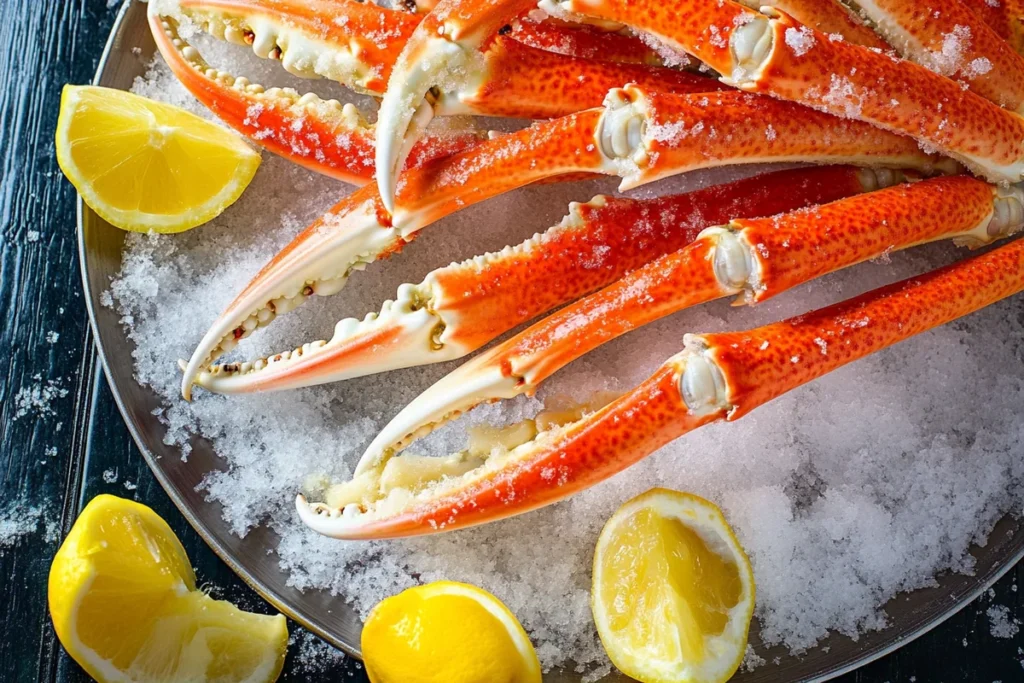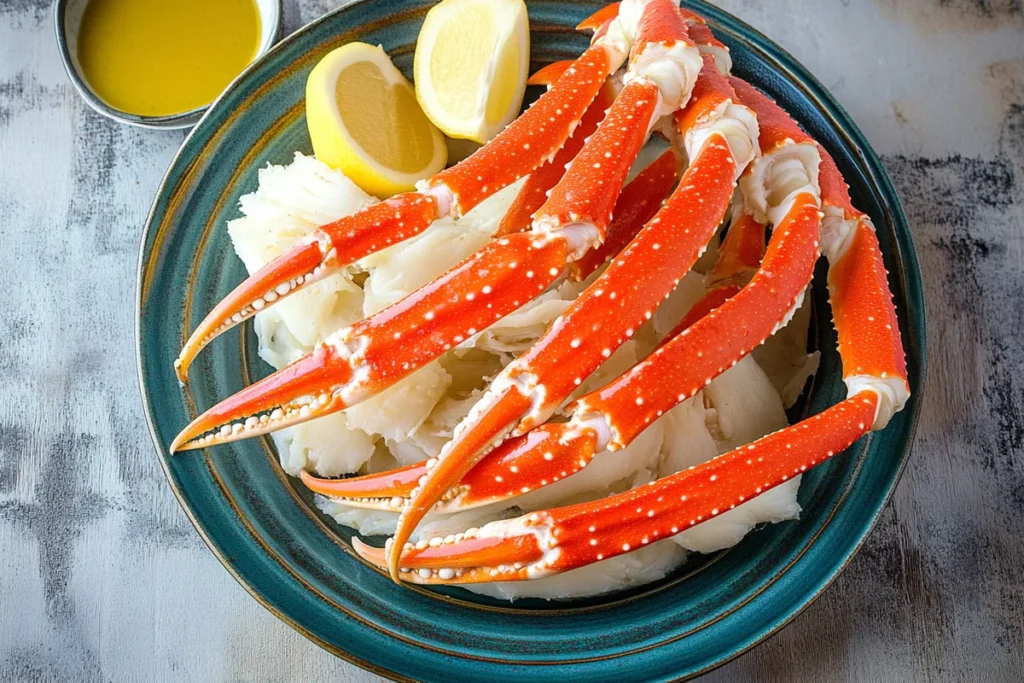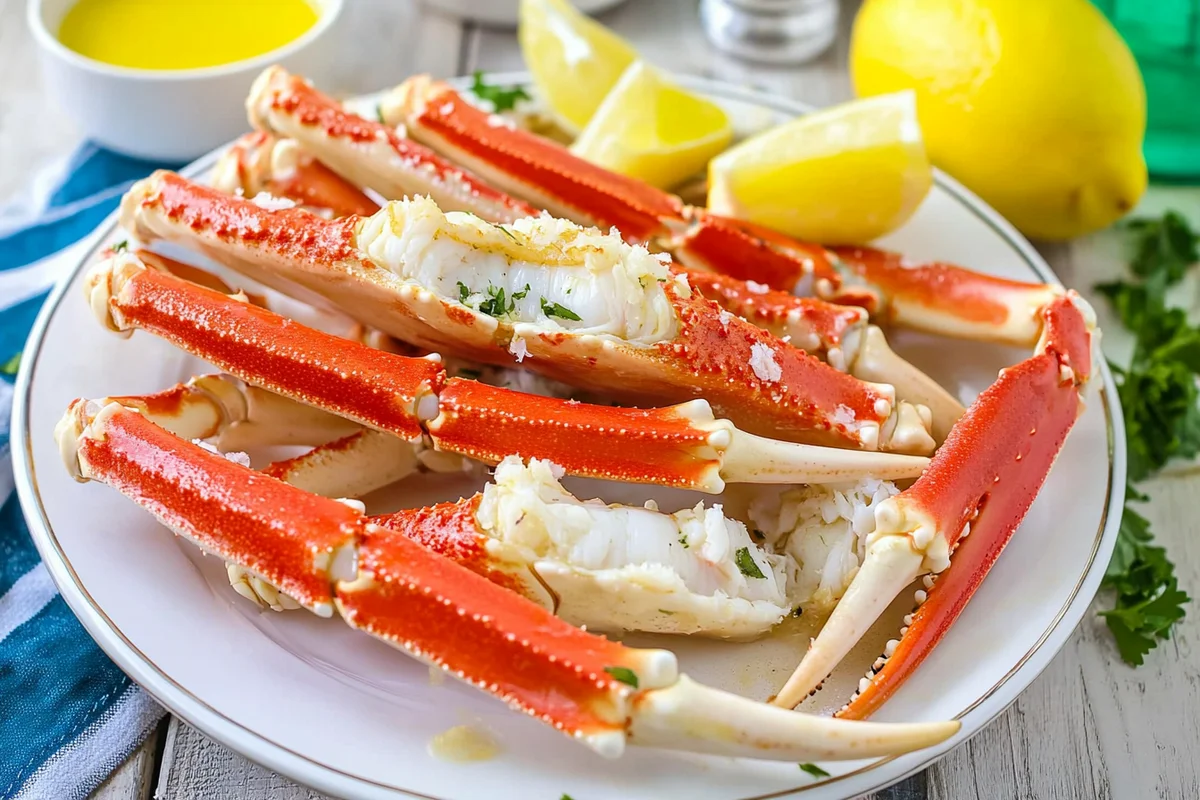You’re not alone if you rinse the crab before boiling. Many home cooks and seafood enthusiasts grapple with whether rinsing crabs before boiling makes a difference in the final dish. There’s a lot more to this decision than you might think. While rinsing your crabs may result in a cleaner, more hygienic meal, others argue that it can affect the flavor and texture of the crab meat.
In this comprehensive guide, we’ll explore the pros and cons of rinsing crabs before boiling, the correct cleaning methods, how to cook them either way and critical tips for ensuring your crab turns out delicious, no matter which approach you take. Whether you’re a seasoned seafood chef or cooking crabs for the first time, this guide will answer all your questions.
Why Cleaning Your Crab Matters
One of the most critical steps in preparing any seafood dish is cleaning the crab before cooking. Why? Because crabs can carry sand, dirt, and even tiny parasites on their shells, especially if you’re using fresh-caught crabs. Many cooks like to clean their crabs beforehand to ensure a cleaner eating experience.
However, the question remains: Should you rinse crabs before boiling them? Some argue that rinsing can affect the taste of the crab meat, while others swear by it for a cleaner dish. Ultimately, the choice comes down to personal preference and the type of dish you aim for.
The Debate: Should You Rinse Crab Before Boiling?
Regarding cooking crabs, chefs and home cooks are divided on whether it’s necessary to rinse crabs before they hit the boiling water. Here’s a breakdown of both sides of the argument:
Pros of Rinsing Crabs Before Boiling
- Cleaner Final Dish: Rinsing your crabs helps eliminate dirt, sand, or even tiny parasites clinging to the shell. For those who are particularly conscious about food hygiene, rinsing ensures you start with a clean base.
- Removes Undesirable Bits: Crabs can contain tiny particles that you may not want in your final dish, such as pieces of shell, mud, or debris. Rinsing helps remove these before boiling.
- Improved Appearance: A well-rinsed crab generally looks better on the plate. No sand or dirt is stuck to the shell, making it more appetizing for guests.
- Better for Soups and Stews: Rinsing may prevent unwanted particles from affecting the broth if you plan to use the crab in a soup or stew.
Cons of Rinsing Crabs Before Boiling
- Loss of Natural Flavors: One of the main arguments against rinsing crabs before boiling is that it can wash away some of the natural juices and flavors that reside in the crab’s shell. These juices add to the dish’s richness, so you may miss out on some of that flavor by rinsing.
- Longer Preparation Time: Rinsing and cleaning crabs before boiling adds an extra step to your cooking process, which may not be ideal if you’re short on time. For giant crab boils, this can be a significant drawback.
- Potential Loss of Texture: Some believe that rinsing crabs can slightly affect the texture of the meat, making it less tender once cooked.

How to Properly Clean Crabs Before Boiling
If you decide to rinse your crabs before boiling, it’s essential to do it correctly. This step-by-step guide ensures your crabs are clean and ready for cooking.
Tools You’ll Need:
- A large sink
- Cold water
- A small brush or sponge (for scrubbing the shell)
- Gloves (optional)
Steps for Cleaning Crabs:
- Inspect the Crab: Before rinsing, look at the crab to identify any visible dirt, sand, or debris on its shell. Pay special attention to the legs and joints.
- Pull Off the Inedible Parts: Start by removing the crab’s gills (also called “dead man’s fingers”), mouth, and other inedible parts. These can harbor bacteria or parasites, so getting rid of them is essential.
- Rinse Under Cold Water: Place the crab under a steady stream of cold water and rinse all areas, including the legs, joints, and shell. If needed, use a small brush to scrub off any stubborn dirt.
- Drain and Prepare for Boiling: Once the crabs are clean, set them aside to drain any excess water. Now they’re ready for boiling!
This process ensures that your crabs are clean, safe to eat, and will still taste great.
How to Boil Crabs Without Rinsing
Many people prefer to boil crabs without cleaning or rinsing them first. This method is prevalent for crab boils, where the crabs are cooked whole in a large pot of seasoned water. Here’s how to boil crabs without rinsing them:
Steps for Boiling Whole Crabs:
- Prepare the Water: Fill a large pot with water and bring it to a boil. Add salt, lemon slices, garlic, and any spices you prefer (such as Old Bay seasoning or cayenne pepper) to flavor the water.
- Add the Crabs: Place all the crabs (alive or freshly killed) directly into the boiling water. Be careful, as the crabs may move around initially.
- Boil for 10-15 Minutes: Cook the crabs until they turn orange-red. This usually takes about 10-15 minutes, depending on the size of the crabs.
- Cool and Serve: Remove the crabs from the water and allow them to cool for a few minutes before cracking them open.
This method saves time on preparation and helps retain the natural flavors of the crab. However, you may need to rinse the crab briefly after cooking to remove any remaining debris before serving.
Common Mistakes to Avoid When Cooking Crab
Even seasoned chefs need to correct their mistakes when cooking crab. Here are some common pitfalls to avoid to ensure your crab comes out perfect:
- Over-Rinsing the Crab
While it’s essential to rinse crabs before boiling, over-rinsing can remove too much of the natural juices that contribute to the flavor. Be gentle when rinsing to avoid this issue.
- Using the Wrong Water Temperature
Make sure the water is boiling before adding the crabs. The crabs may cook unevenly if the water isn’t hot enough, resulting in undercooked or rubbery meat.
- Overcooking the Crabs
Crabs cook relatively quickly, so keep an eye on the clock. Boiling crabs for too long can make the meat tough and chewy. Stick to the recommended cooking times based on the size of the crabs.
- Forgetting to Season the Water
Just like pasta, crabs need well-seasoned water to absorb flavor. Be generous with your spices, salt, and other flavorings in the boiling water.

FAQs: Everything You Need to Know About Cleaning and Cooking Crab
To help answer some of the most common questions, here’s a quick FAQ section:
- Do You Need to Rinse Crab Before Cooking?
While it’s not strictly necessary, rinsing crabs before boiling can remove sand, dirt, and parasites, making for a cleaner dish. However, this step can also slightly affect the flavor.
- What Happens If You Don’t Rinse Crab Before Boiling?
If you don’t rinse the crab before boiling, you may have some dirt or debris on the crab’s shell. However, this is generally not harmful; many people boil crabs without rinsing.
- How Long Should You Boil Crabs?
Depending on size, crabs typically take 10-15 minutes to boil. Look for the shell to turn bright orange or red to indicate that the crabs are done.
- Does Rinsing Crabs Affect the Taste?
Yes, rinsing crabs can slightly affect the taste by washing away some of the natural juices and flavors in the shell. However, it also ensures a cleaner final dish.
- Is It Better to Boil Crabs Whole or After Cleaning Them?
Boiling crabs whole helps retain their natural juices, resulting in a more flavorful dish. Cleaning crabs before boiling can produce a cleaner presentation but may slightly reduce flavor.
Final Thoughts: To Rinse or Not to Rinse?
So, do you rinse crab before boiling? Ultimately, the decision comes down to your preferences and the dish you’re making. Rinsing crabs before boiling ensures a cleaner final dish but can slightly affect the flavor and texture of the meat. Boiling crabs whole without rinsing helps retain natural juices, but you may end up with some unwanted particles in the shell.

